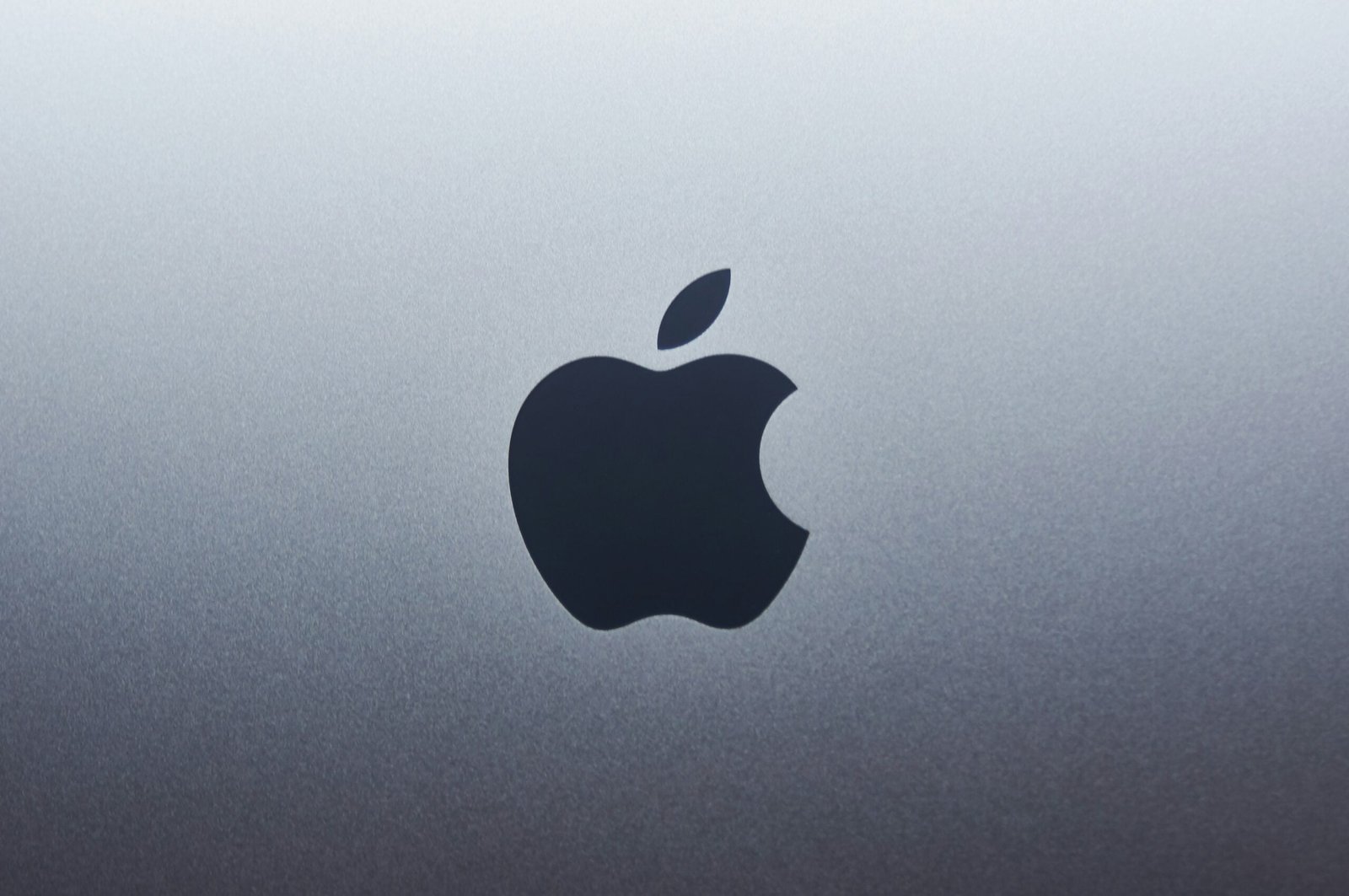Introduction
Apple Inc. has long been Warren Buffett’s largest public stock holding, and for good reason. The tech giant has consistently delivered impressive financial results and maintained a strong market position. However, in recent years, Buffett’s thesis about Apple’s economic moat has faced some questions. In this blog post, we will explore the reasons behind Buffett’s investment in Apple, the concept of an economic moat, and the challenges that Apple may face in the future.
Warren Buffett’s Investment in Apple
Warren Buffett, the legendary investor and CEO of Berkshire Hathaway, first invested in Apple in 2016. At the time, many were surprised by Buffett’s move into the technology sector, as he had traditionally favored more traditional industries such as insurance and consumer goods. However, Buffett saw something special in Apple.
Buffett recognized Apple’s strong brand value, loyal customer base, and innovative product lineup as key factors that set the company apart from its competitors. He believed that Apple’s ability to consistently deliver high-quality products and services would create a sustainable competitive advantage, or economic moat, that would protect the company’s market share and profitability.
The Concept of an Economic Moat
In the world of investing, an economic moat refers to a company’s ability to maintain a competitive advantage over its rivals, thereby protecting its market share and profitability. Just like a medieval castle’s moat protected it from invaders, an economic moat shields a company from the threats of competition.
There are several types of economic moats that a company can possess. These include:
- Brand moat: A strong and recognizable brand that customers trust and prefer over alternatives.
- Cost moat: The ability to produce goods or services at a lower cost than competitors.
- Switching cost moat: The costs incurred by customers when switching from one product or service to another.
- Network effect moat: The value of a product or service increases as more people use it.
- Regulatory moat: Special licenses or regulations that create barriers to entry for competitors.
Buffett believed that Apple possessed multiple moats, including its strong brand, loyal customer base, and ecosystem of products and services that kept customers locked into the Apple ecosystem. He saw these moats as the key drivers of Apple’s long-term success and profitability.
Challenges to Apple’s Moat
While Apple continues to dominate the technology industry and generate significant profits, there are some challenges that could potentially weaken its economic moat in the future.
Increasing Competition
One of the biggest threats to Apple’s moat is the increasing competition in the technology sector. Companies like Samsung, Google, and Huawei are constantly innovating and launching new products that aim to challenge Apple’s market dominance. As competition intensifies, Apple will need to continue delivering innovative and high-quality products to maintain its edge.
Dependency on iPhone Sales
Another challenge for Apple is its heavy reliance on iPhone sales. The iPhone has been the primary driver of Apple’s revenue and profits for many years. While the company has successfully diversified its product lineup with offerings such as the Apple Watch, AirPods, and services like Apple Music and Apple TV+, the iPhone still accounts for a significant portion of its business. Any decline in iPhone sales could have a significant impact on Apple’s overall financial performance.
Changing Consumer Preferences
Consumer preferences in the technology industry can change rapidly. What was once considered cutting-edge and innovative can quickly become outdated. Apple will need to stay ahead of these changing preferences and continue to deliver products and services that resonate with consumers. Failure to do so could result in a loss of market share and a weakened economic moat.
Conclusion
While Apple remains Warren Buffett’s largest public stock holding, questions have arisen regarding the sustainability of its economic moat. Buffett’s investment in Apple was based on the company’s strong brand, loyal customer base, and innovative product lineup. However, increasing competition, dependency on iPhone sales, and changing consumer preferences pose challenges to Apple’s moat. Only time will tell if Apple can continue to defend its market share and profitability in the face of these challenges.



